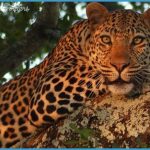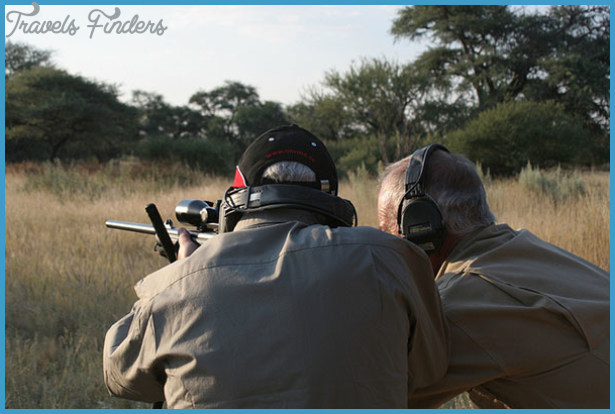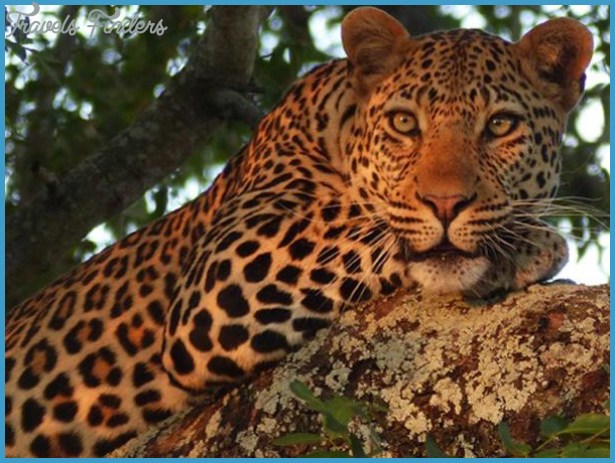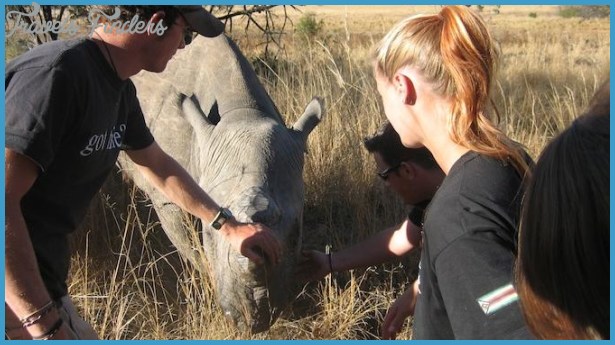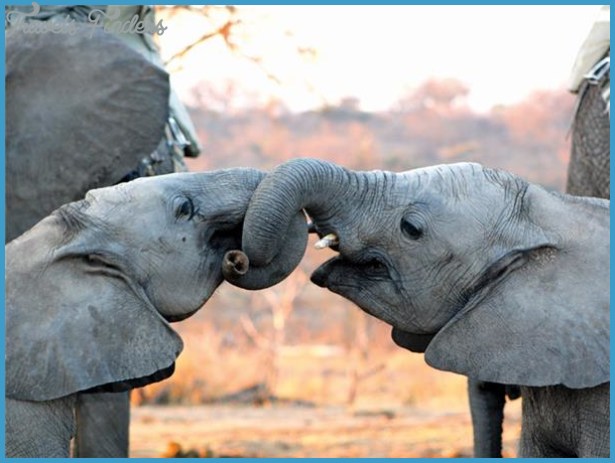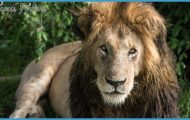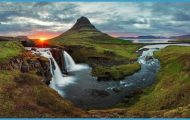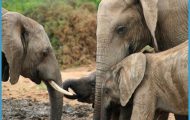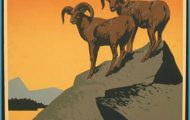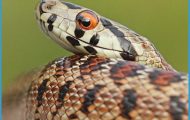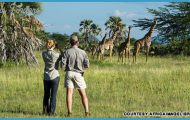Originally Keoladeo became famous because of its ducks. A large plaque in the centre of the Park commemorates key events in the Park’s history including: 1938: A shooting party headed by the then Viceroy of India Lord Linlithgow shot a maximum of 4,273 birds on 12th November’. It was reckoned to be the best duck shooting in the then British Empire. And you can guess that the Raj exploited it for all that it was worth. As they did here, our Victorian ancestors went around much of the world killing as many animals as they possibly could. And today we lecture most other countries about how they should protect their wildlife.
Keoladeo’s freshwater pools and marshes cover up to 10 km2 of the park’s total area of 29 km2. But their area varies enormously, depending on how prolific the monsoon has been and how much water has been diverted away illegally by farmers. These days quite a lot never gets in the park so the boat trips that used to be an attraction here are a thing of the past.
Ironically these wetlands are manmade. Bharatpur town, just a few kilometres away, used to be prone to flooding during the monsoon. So an earth dam was built to protect it. The hollows from which the earth was removed filled with water. That was in 1760 and Keoladeo’s wetlands have been here ever since. Designated a national park in 1982, hunting had been banned – officially anyway – since the 1960s. Away from the wetlands, the rest is dry acacia forest and extensive grasslands have scattered trees more reminiscent of the African savannah.
But even if you had no previous interest in birds or mammals, it’s hard not to be entranced by Keoladeo. Out one day sans Satto, I parked my bike among some trees and walked away from the crowds that stick to the single (though thankfully motor vehicle-free) road and just imbibed the atmosphere. I was writing a travel feature for The Independent and I wanted to savour the atmosphere of the place. Eagles were soaring in the hot blue sky. Excitable black and white Magpie Robins jumped about on the paths in front of me, dodging into some scrub. Black Drongos with their peculiar lyre-shaped tails were picking insects off the backs of Bluebuck – India’s largest antelope – or the many semi-wild cattle that graze the savannah here. And groups of elegant Sarus Cranes, over 5 feet tall, pale grey with blood-red faces, were strutting amongst a plethora of storks and herons. Silence is a distinctly ephemeral experience in Keoladeo, even away from people as a posse of screaming Rose-ringed Parakeets, all lurid green and scarlet-beaked, suddenly do a flypast like jet fighters.
Then there is the occasional blood-curdling, loud, child-like, night-time wailing which gathers momentum as more join the chorus, only to fade away as abruptly as it had begun. A pack of Golden Jackals, more creamy grey than golden, bigger than foxes, wailing to keep in contact with each other. Howls, barks, growls, whines and cackles’ say the textblogs; in reality it sounds as if a child is being murdered. At night from my balcony at the Ashok Forest Lodge looking out over grassland and forest I could see packs occasionally wandering past, out on night-time patrol.
Africa Responsible Wildlife Travel Photo Gallery
On most of my trips over the years I have had the very good fortune not to need to hire guides. The experts I was usually meeting were brilliant guides in themselves. Searching for Arabian Oryx in the Empty Quarter of the Saudi desert the Rub’al-Khali – with Maartin Strauss, a South African mammal expert and Eric Bedin, a French biologist, as guides couldn’t have been more informative nor more of a pleasure and a privilege.
Likewise, being out in the woods and pastures of Virginia with Phil West who was then working for the state’s Department of Game and Inland Fisheries, gave me a substantial insight into the behaviour and ecological needs of Wild Turkeys even though – much to Phil’s irritation – we didn’t manage to see one that day.
With Robert Lentaaya, a Dorobo in Kenya, following a honeyguide as the small, noisy bird leads us to a wild bee nest deep in the Mathews Forest, was an experience never to be forgotten. And I was amazed by Robert’s almost sixth-sense ability to hear a sound or detect a movement I could never have detected; a family troop of Olive Baboons high up in the forest tree canopy or a White-browed Coucal, skulking but just about visible in some scrub along a river.
An early morning Jeep trip with Michal Krzysiak in Poland’s Bialowieza Forest spotting deer, Wild Boar and – after a great deal of searching – my first view of a wild European Bison.
Or spending a morning with Wayne Hartley from the Save the Manatee Club as we canoed together exceedingly slowly past and over around 100 lumbering Florida Manatees lounging on the bed of the Blue Spring River, most of them individually recognised by Wayne who could often cite their family history from memory.
Being guided by Gabriel Sierra to see Great Bustards for the first time on the wide plains of central Spain near his home village of Moraleja de Matacabras and learning their habits from him. And, some years later, spending time with him watching their incredible turn inside out’ springtime display, one of the most amazing wildlife spectacles to be seen anywhere.
Or being led by Butterfly Conservations Caroline Kelly out on Somerset’s Collard Hill in midsummer spotting the brilliant flypasts of Large Blue butterflies, now reinstated in England, and searching tiny, purple flowers of thyme to try and find the even tinier Large Blue’s eggs.
I could not have wished for better guides. Or better company.




